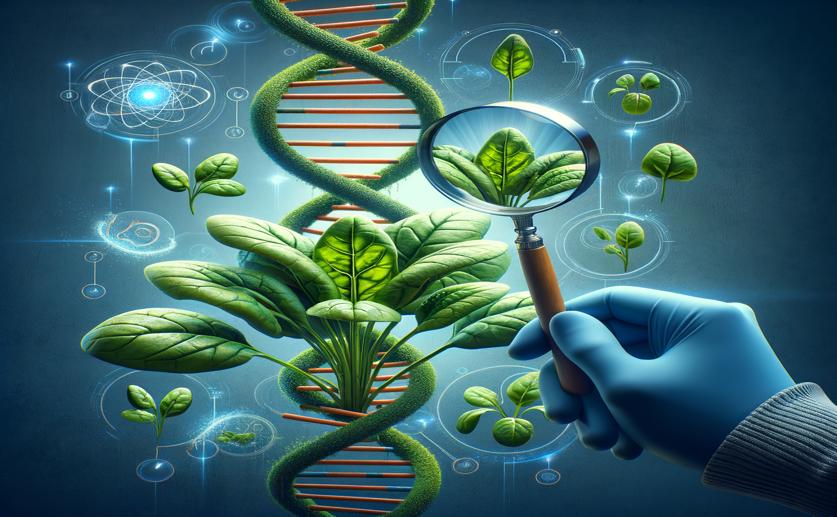
Spinach DNA Unlocks Secrets of Its Journey and Key Crop Features
Jim Crocker
19th April, 2024

Image Source: Natural Science News, 2024
Key Findings
- Study from Vienna analyzed 305 spinach samples to trace its global spread and genetic diversity
- Spinach divided into three main groups: Middle East, Asia, and Europe/US, reflecting historical trade routes
- Researchers identified genes linked to farming traits like bolting time, aiding future crop improvement
VegetablesGeneticsPlant Science
References
Main Study
1) Spinach genomes reveal migration history and candidate genes for important crop traits.
Published 18th April, 2024
https://doi.org/10.1093/nargab/lqae034
Related Studies
2) Genomic analyses provide insights into spinach domestication and the genetic basis of agronomic traits.
3) The genome of the recently domesticated crop plant sugar beet (Beta vulgaris).



 3rd March, 2024 | Jenn Hoskins
3rd March, 2024 | Jenn Hoskins